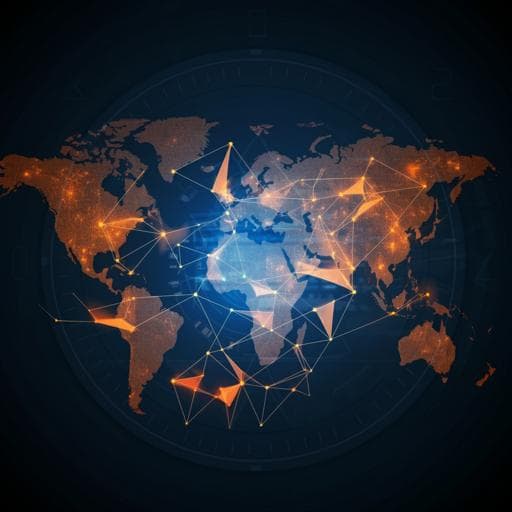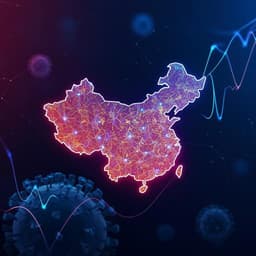
Medicine and Health
Changing travel patterns in China during the early stages of the COVID-19 pandemic
H. Gibbs, Y. Liu, et al.
Explore the fascinating dynamics of human mobility during the early COVID-19 pandemic, as revealed by researchers Hamish Gibbs, Yang Liu, Carl A. B. Pearson, Christopher I. Jarvis, Chris Grundy, Billy J. Quilty, Charlie Diamond, the LSHTM CMMID COVID-19 working group, and Rosalind M. Eggo. The study uncovers how holiday travel impacted mobility changes across China, with significant public health implications.
~3 min • Beginner • English
Related Publications
Explore these studies to deepen your understanding of the subject.







